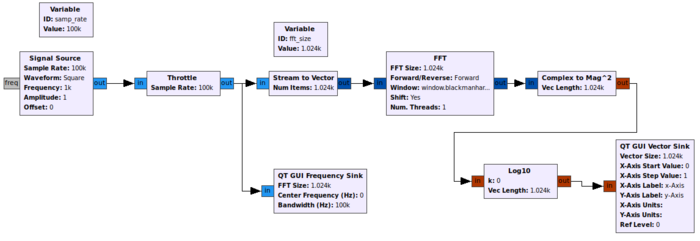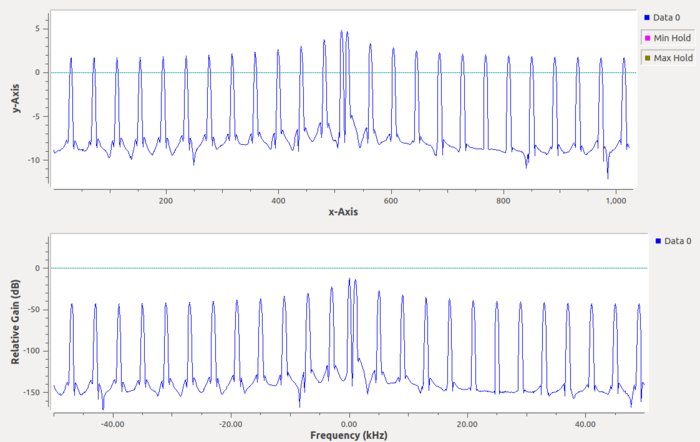Block Template: Difference between revisions
Jump to navigation
Jump to search
(Created page with "Category:Block Docs This is the template for the "Block Docs". This first section should describe what the block does and how to use it, using however many paragraphs is...") |
No edit summary |
||
| Line 1: | Line 1: | ||
[[Category:Block Docs]] | [[Category:Block Docs]] | ||
This is the template for the "Block Docs". This first section should describe what the block does and how to use it, using however many paragraphs is necessary. | This is the template for the "Block Docs". This first section should describe what the block does and how to use it, using however many paragraphs is necessary. | ||
Revision as of 03:22, 15 July 2019
This is the template for the "Block Docs". This first section should describe what the block does and how to use it, using however many paragraphs is necessary.
Parameters
- FFT Size
- Number of samples used in each FFT calculation, which also determines how many points are in the output.
- Forward/Reverse
- Whether to do an FFT or IFFT.
- Window
- Type of window to apply to each set of samples before the FFT is taken, default is a blackmanharris window. The argument of the window.blackmanharris() function is simply how many points in the window, which must match the FFT size.
- Shift
- Whether or not to do an "fft shift" which puts DC (0 Hz) in the center. If you are not sure what this means, leave it set to Yes. Only active when input type is complex.
- Num Threads
- Number of threads to assign to perform the FFTs.
Example Flowgraph
Insert description of flowgraph here, then show a screenshot of the flowgraph and the output if there is an interesting GUI
Source Files
- C++ files
- Complex input
- Real input
- Core algorithms
- Header files
- Complex input
- Real input
- Public header files
- Complex input
- Real input
- Block definition
- GRC yaml

